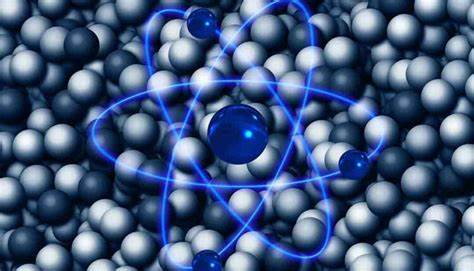Researcher's name
János Dr. Lichtenberger

Brief Description of Research
Among diverse fields of space research as a collective term, our activity aims confined at better insight into the physical processes of the near-Earth space. It is a region of complex space-weather phenomena due to the dynamic processes of the earth’s plasma environment. The operation safety of the space segment of our technosphere, through the exposure of the spacecrats orbiting here (e.g. navigation, communication, Earth observation satellites, ISS) and indirectly the ground infrastructure (extensive communication and energy networks) gives this research direct practical importance as well, that goes far beyond the fundamental research we perform.
The investigated space segment is directly connected to the neutral atmosphere forming its lower boundary and the interplanetary space carrying external influences. One of the objectives of our research group is the creation of a robust, uniform space physics model for this terrestrial environment by replacing the models currently divided along plasma regions. The two determining and challenging factors in model creation here are the coupling mechanisms of these regions, which have been only partially explored, and the parallel handling of dynamic processes covering a wide time scale. We do all this research using satellite and ground records, developing on-board and terrestrial measuring equipment, as well as specific signal processing algorithms, mass data processing, and scientific interpretation by the derived data set. Our research field of interest covers a wide range of phenomena, accordingly we work on four interrelated but separated research sub-themes:
- Investigation and modeling chorus waves that play a key role in the energy balance of the Radiation Belts containing particles with relativistic energy (1 MeV-10 MeV). Chorus is a group of natural, non-linearly excited VLF signals accompanying a geomagnetic storm. These waves are identified in satellite and ground based wave measurements. The modeling of detected choruses, and the determination of space medium characteristics from them is validated by in-situ particle measurements on satellites. Our group successfully modeled and validated the unstable source plasma population that excited the identified choruses. As a priority goal, we have undertaken the development of a robust chorus detection procedure that fills the gap, which can support mass modeling and the near-real-time calculation of source plasma population data required in space weather monitoring.
- Mass detection and accurate analysis by inversion of lightning-generated VLF signals, the so-called whistlers, which reflect well the temploral and spatial changes of the plasmasphere medium. The AWDANet global detector and analysis network, implemented by the ELTE SRG as supervisor, calculates plasma density values from whistlers. By analyzing this recorded VLF data set, our aim is to investigate still open questions in the field of whistlers related to e.g. signal propagation, wave-medium interactions. For this, we examine the change in amplitudes and signal structure of whistlers identified on satellite and on ground. We are refining the globally unique whistler detector procedure previously developed at ELTE SRG and implementing it on a GPU for mass processing. The plasma density data obtained by whistler inversion form the input data of several near-real-time nowcast and forecast space weather models.
- The lowest plasma region, the ionosphere, is much exposed to space weather phenomena caused by transient solar events (e.g. flares, CMEs) and changes in interplanetary space. In addition, it is closely linked to the above domains, monitoring its current state is part of the creation of a targeted unified model. In this space-weather study, we mainly rely on the data of the global network of ionospheric radars (GIRO), including the data of the DPS-4D digisonde put into operation in Nagycenk (SzIGO) in 2018.
- In the atmospheric segment of our research area is the Global Atmospheric Electric Circuit (GLEK), influenced by solar activity and galactic cosmic radiation. The generator of this system is the global thunderstorm activity. The quasi DC component of the GLEK is the atmospheric electrical potential gradient (PG), which is a sensitive marker of space-weather transients and processes in global change time-scales. In order to examine the changes of the PG in this framework, we have a unique data set: the data series recorded in Nagycenk from 1962 to the present. We examine GLEK and solar activity,and the relationship between the flux of GCR, the effect of various transient space weather events (e.g.: SEP, Forbush decrease) on PG, compared with ionosonde data.



